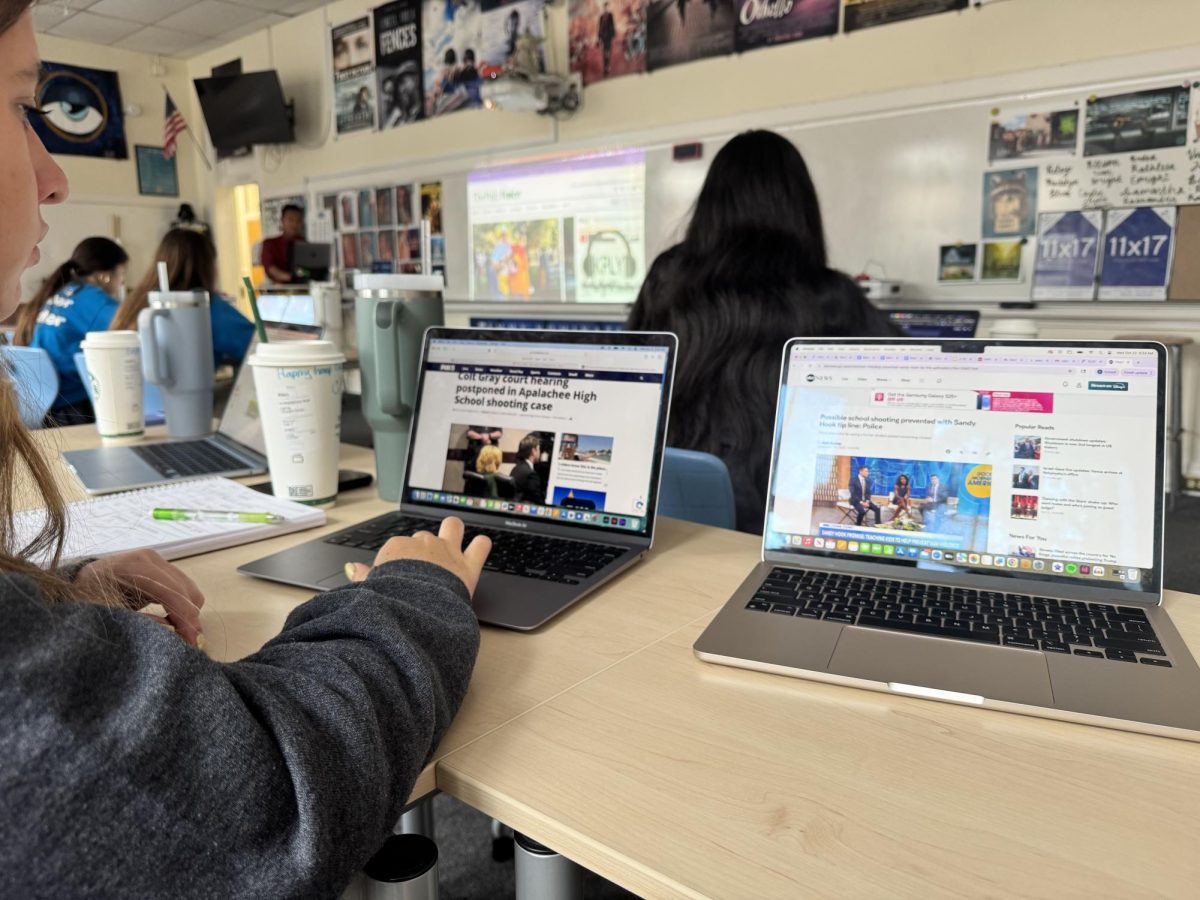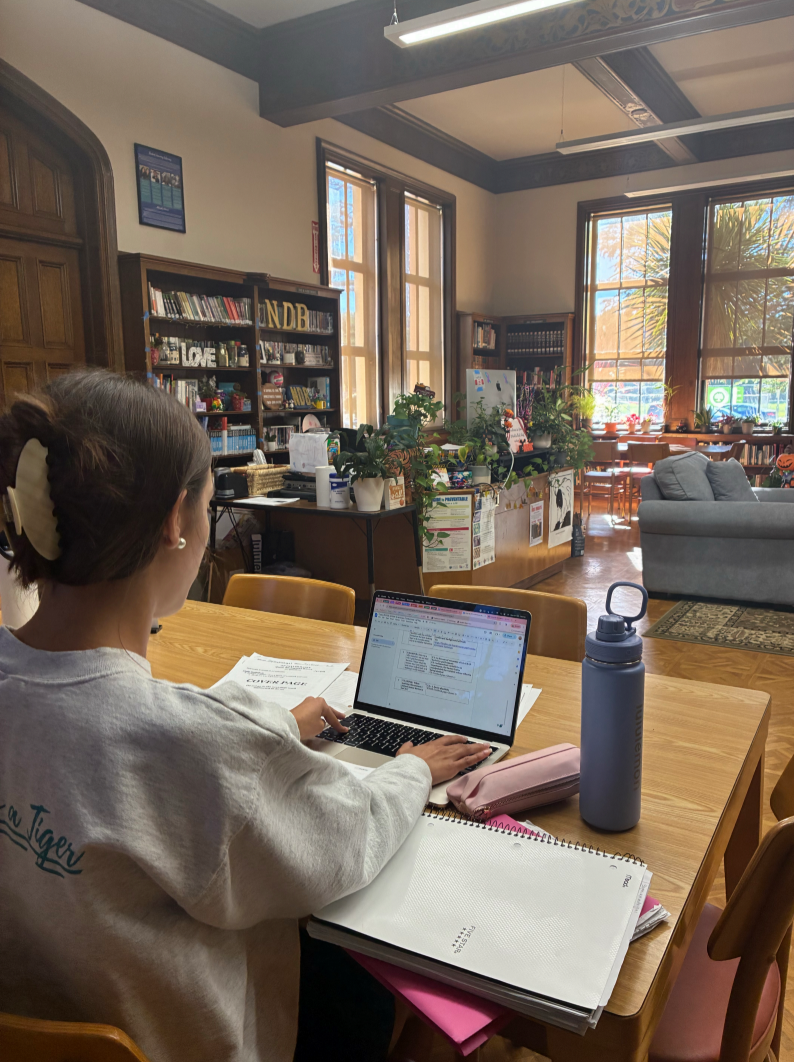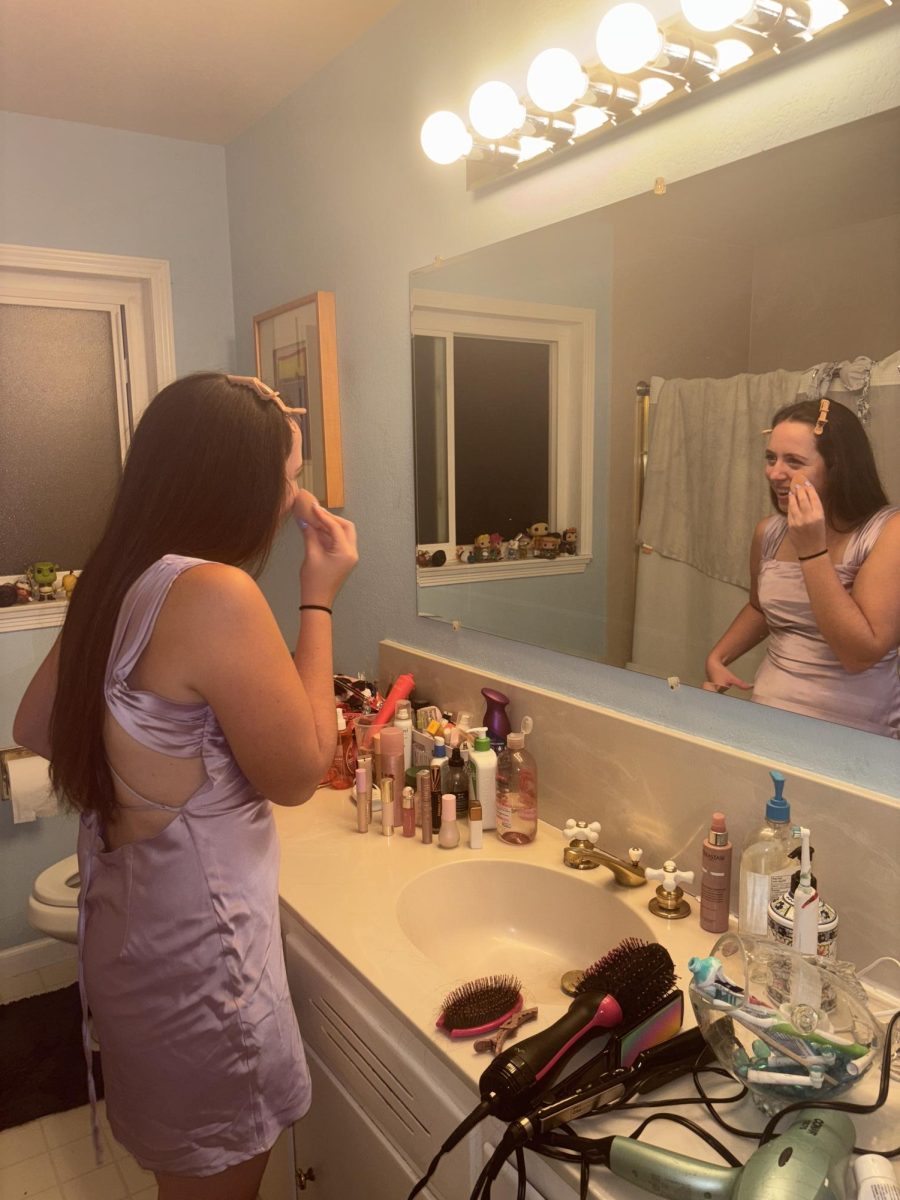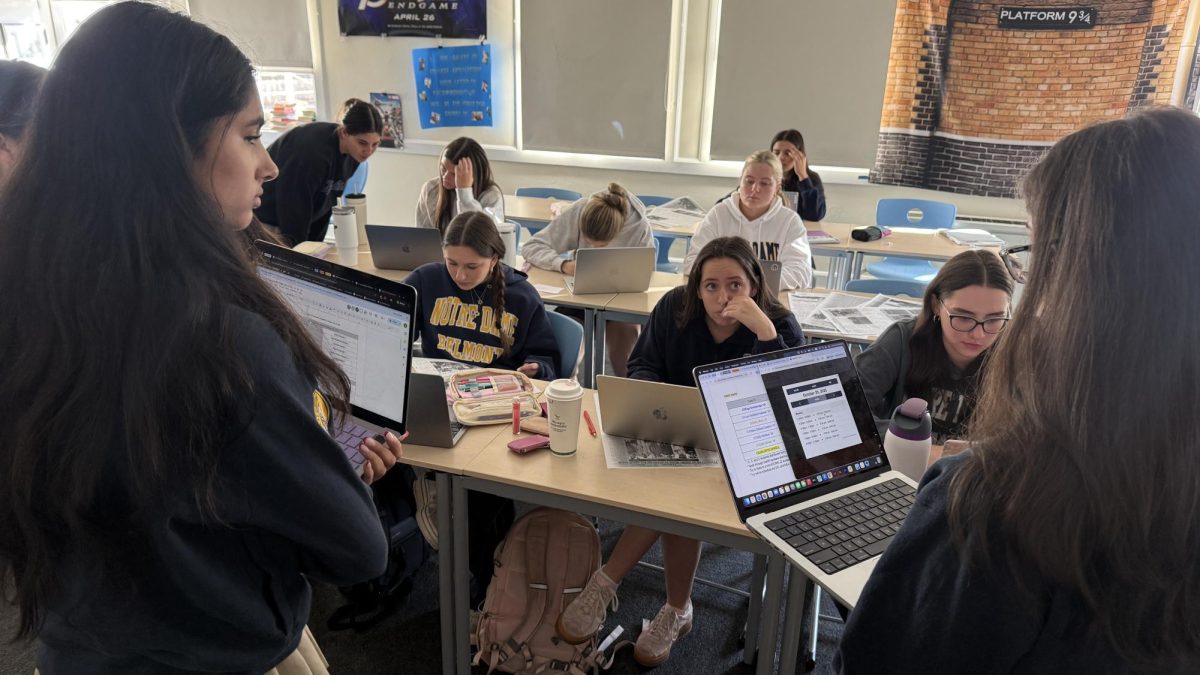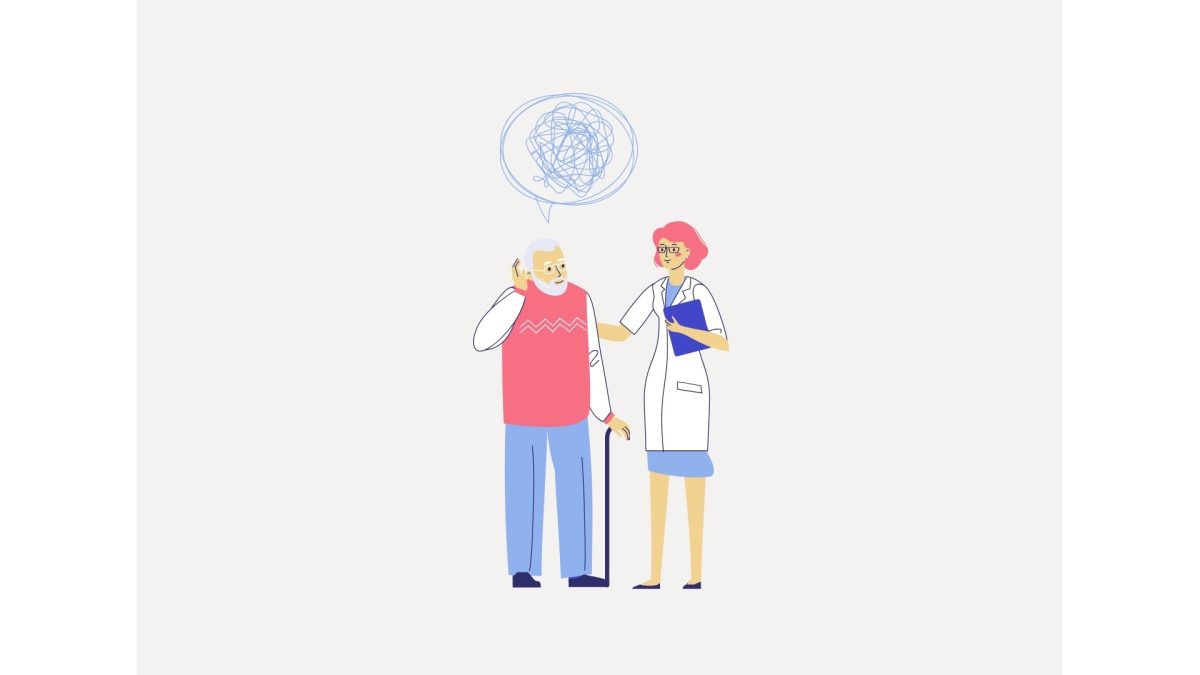Halloween is a fond childhood memory for most, as people used to dress up as their favorite Disney princesses and cartoon characters. In elementary school, seeing other people’s costumes or having annual Halloween parties filled with delicious food and treats was always one of the highlights of my year. It was a time for kids to express creativity through their costumes and find the joy in dressing up in it for the day.
However, by the time children move into their adolescent years, the excitement of taking the time to either choose or make their own costumes has dwindled down. Trick or treating has turned into giving out candy and solo costumes have turned into group costumes. The concept of group costumes has become so popular with teenagers and young adults that it is very likely that a group could see the same costumes on another group.
The issue is that dressing up with a group of people restricts you into a certain category and limits the chance to be creative with your costume. Although costumes like “Minions” and “M&M’s” are cute and could become a fun holiday social media post, they only showcase a group’s personality rather than just one person’s character. Another problem is that if a majority of the group agrees on a certain costume then it is almost guaranteed that there will be at least one person begrudgingly going along.
It can be a disappointment if a group thinks of the same costume as another group, making it such a hassle to find an original costume for five or more people to share. It is so much easier to be unique in a solo costume because there are limited restrictions and the possibilities are absolutely endless. A theme does not have to be followed and you do not have to worry about the possibility of your costume preference already being taken by someone else in the group.
“I [noticed] a lot of people doing solo costumes and I think there’s a lot of…solo costumes that are made for being by yourself,” said junior Isabella Lo. “…if someone’s just…cool with being by themselves, I admire their confidence.
On the contrary, group costumes encourage adolescents and young adults to continue celebrating Halloween and bring back a sense of nostalgia. If people are not willing to dress up by themselves, then adding that group element will encourage them to want to dress up. It is disappointing to see people walk into the school with the same outfit they normally wear on such an entertaining holiday like Halloween. So, dressing up with a group of friends or family members is a good way to be inclusive of all ages.
“I’m doing a group costume with my friends…we’re not completely sure what we’re gonna do yet but we have a few ideas like MIB agents or Care Bears,” said Lo. “But we don’t have a finalized idea yet.”
Group costumes can represent different personalities of a certain friend group and why they chose that specific character. For example, if a group dresses up as fictional characters from Star Wars, then the most extroverted person might choose to be ChewBacca while her closest friend could be Han Solo. Then, someone interested in flying planes or traveling could choose to dress up as Lando Calrissian because he is always flying the Millenium Falcon.
Overall, dressing up for Halloween in a group allows one to express themselves alongside some of their best friends. Dressing up solo allows one to bring out their best creativity and choose a costume without being restricted by other people. Both options are fun ways to celebrate Halloween, and it is interesting to see what everyone chooses to do each year.


